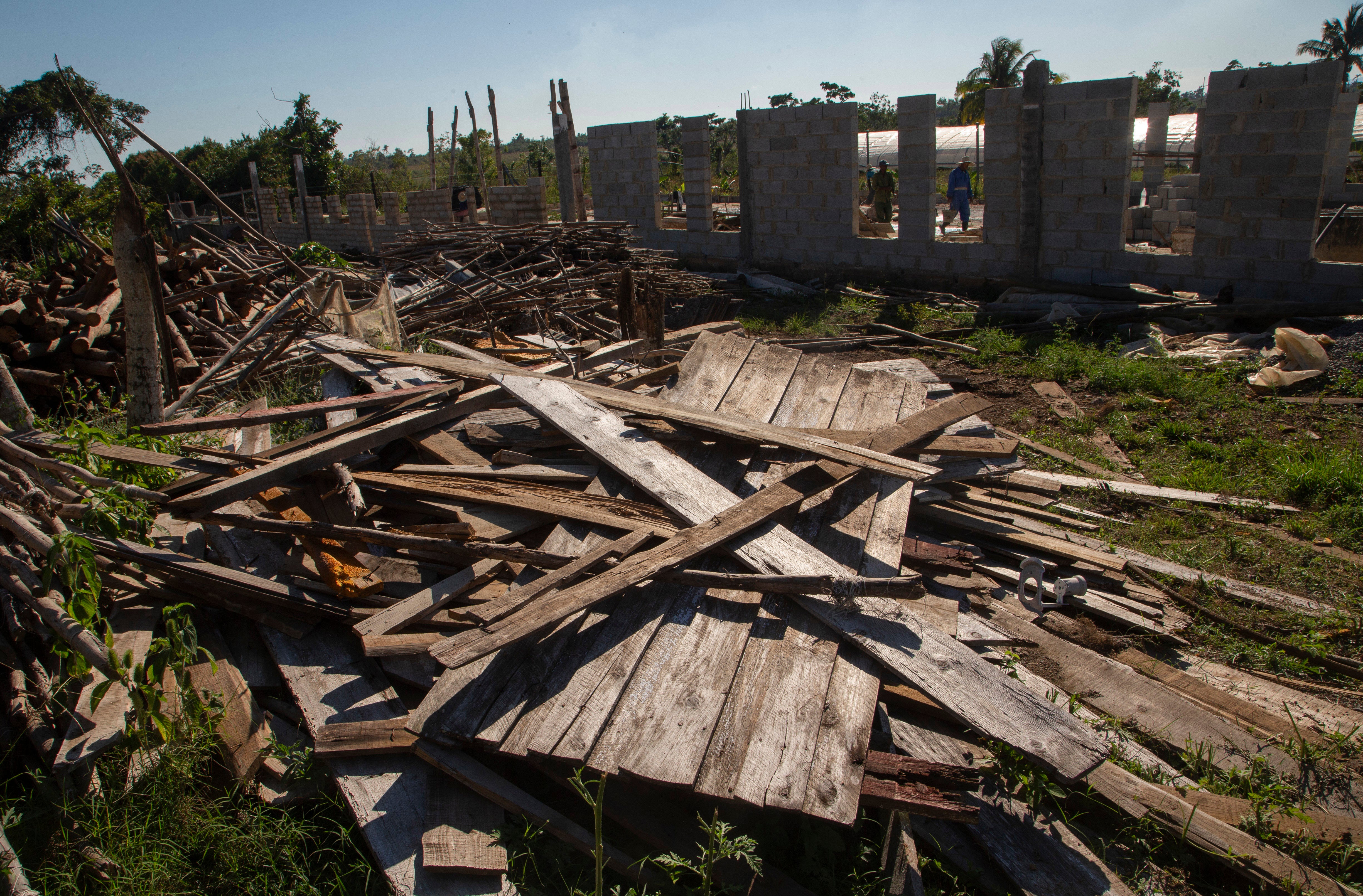La Nina ends, leaving behind a trail of deadly storms
Studies show climate change has intensified weather extremes worldwide

After a three-year-long run, La Nina, a weather phenomenon characterised by the cooling of Pacific Ocean waters, has come to an end.
However, the southeast United States, particularly Louisiana, has been left scars from the severe weather events that occurred during its reign.
Here are the top 10 deadly storms that hit the Southeast United States during La Nina’s run:
December 2021 Tornado Outbreak
A historic tornado outbreak in Kentucky, Tennessee, Missouri, and Arkansas caused by warm air during a cold season claimed the lives of 93 people and caused $4.2bn in damage.
March-April 2022 Tornado Outbreaks
Three different tornado outbreaks hit the South in less than two weeks, claiming the lives of six people and causing a total of $5.6bn in damage.
Hurricane Ian and Hurricane Nicole
Hurricane Ian, with sustained winds of 150 mph, caused $112.9bn in damage and claimed the lives of 152 people, while Hurricane Nicole caused another billion dollars in damage.
Hurricane Ida
One of four hurricanes to hit Louisiana during La Nina, Hurricane Ida had 150 mph winds and claimed the lives of 96 people in August 2021.
Hurricane Delta and Hurricane Zeta
Hurricane Delta smacked Louisiana in early October 2020, killing five people and causing $5 billion in damage. Then three weeks later, Hurricane Zeta killed six people and caused $8bn in damage in Louisiana.
Hurricane Sally
In September 2020, Hurricane Sally hit Alabama, the Florida panhandle, and parts of Georgia, causing $8.4bn in damages.
What is La Nina
La Nina is a natural climate pattern that occurs when sea surface temperatures in the central and eastern tropical Pacific Ocean drop below average. This pattern of cooling is the opposite of El Nino, which is a warming of the same waters. Together, these two climate patterns are known as the El Nino-Southern Oscillation (ENSO) cycle.
Experts caution that attributing any single event to La Nina or its better-known cousin, El Nino, is difficult.
However, studies have shown that human-caused climate change has intensified and increased weather extremes worldwide, and both La Nina and climate change “load the dice for more extremes,” according to the University of Northern Illinois atmospheric scientist Victor Gensini.
While the last three years were some of the warmest on record despite the La Nina phenomenon, this year, according to the World Meteorological Organisation, the chances are increasing for the El Nino phenomenon which could take global temperatures further above.
Additional reporting by agencies
Join our commenting forum
Join thought-provoking conversations, follow other Independent readers and see their replies
Comments


Bookmark popover
Removed from bookmarks